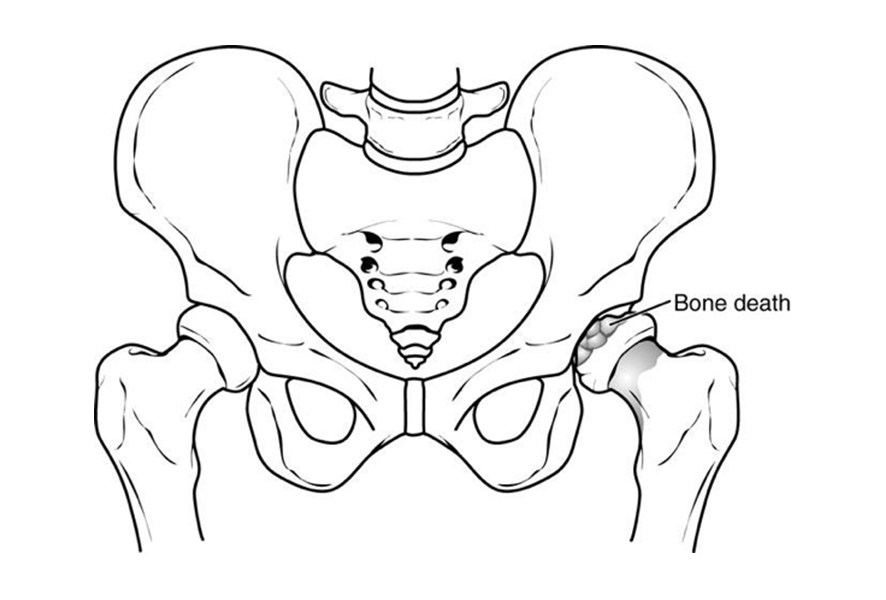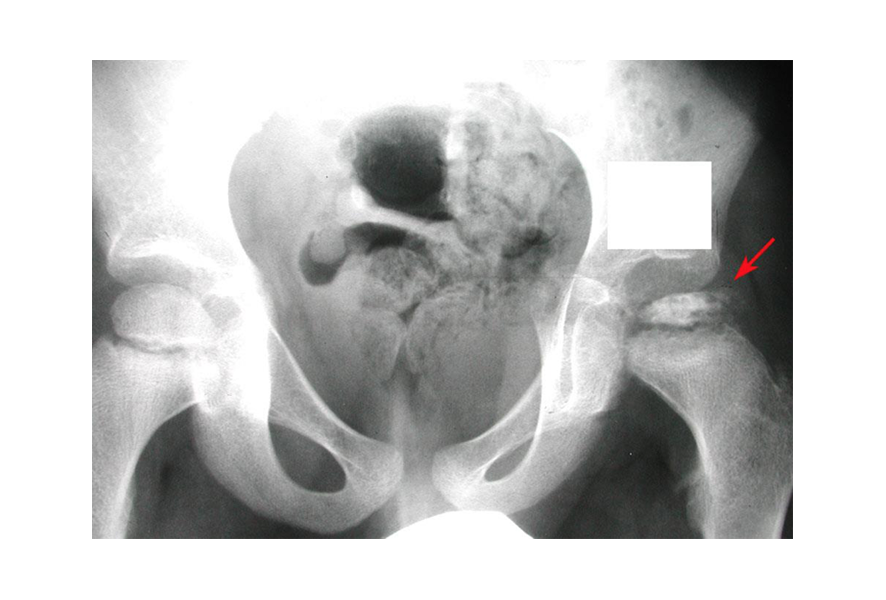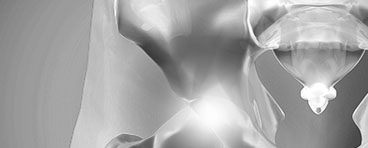Click on the links below to find out more
Perthes Disease (Legg-Calve-Perthes Disease)
Description
Perthes disease typically occurs in children who are between 4 and 10 years old. It is five times more common in boys than in girls, however, it is more likely to cause extensive damage to the bone in girls. In 10% to 15% of all cases, both hips are affected. The cause of Perthes disease is not known.
Symptoms
One of the earliest signs of Perthes is a change in the way your child walks and runs. This is often most apparent during sports activities. Your child may limp especially after running or sports activities. Other common symptoms include:
- Pain in the hip or groin, or in other parts of the leg, such as the thigh or knee (called “referred pain.”).
- Pain that worsens with activity and is relieved with rest.
- Painful muscle spasms that may be caused by irritation around the hip.
Depending upon your child’s activity level, symptoms may come and go over a period of weeks or even months before a doctor visit is considered.

In the first stage of Perthes disease, the bone in the head of the femur slowly dies.

In this X-ray, Perthes disease has progressed to a collapse of the femoral head (arrow). The other side is normal.
Investigations
X-Rays – These scans create pictures of dense structures like bone, and are required to confirm a diagnosis of Perthes. X-rays will show the condition of the bone in the femoral head and help determine the stage of the disease.
A child with Perthes can expect to have multiple X-rays taken during treatment, as the condition progresses, x-rays often look worse before improvement is seen.

Dr David Slattery
FRACS MBBS (Hons) LLB FAOrthA
Dr David Slattery is an orthopaedic surgeon based in Melbourne with over 10 years of experience, with a special focus on hip and knee joint preservation and replacement. With qualifications in both medicine and law, he brings a unique and comprehensive approach to patient care. His surgical techniques are minimally invasive and evidence-based, designed to reduce pain and enhance recovery.
Trained in leading institutions across Europe and the USA, Dr Slattery offers advanced treatments for a wide range of joint conditions. He is deeply committed to patient outcomes and takes pride in tailoring treatment plans to each individual. Whether you’re an athlete or seeking relief from chronic joint pain, his goal is to restore function and improve your quality of life.







